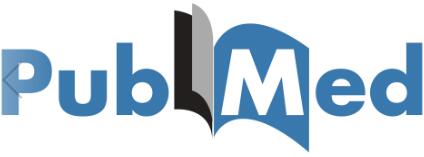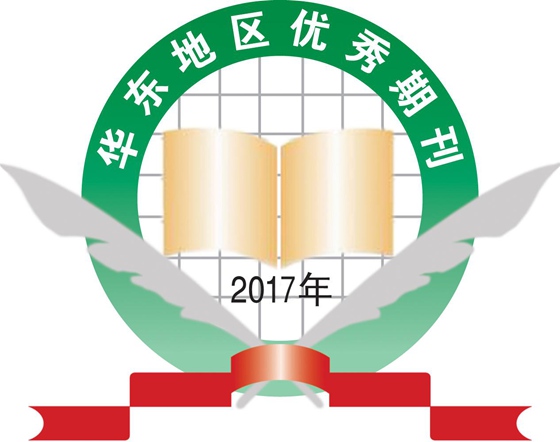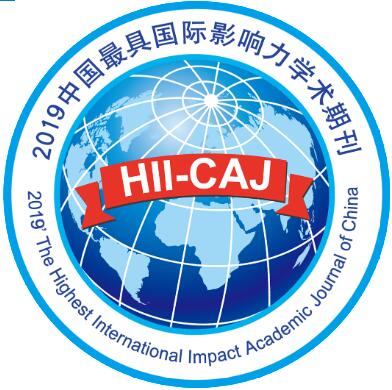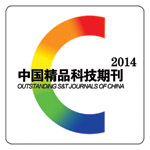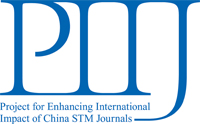Background
Some research exists on the effect of non-pharmacological approaches for labor pain relief. However, there is limited information about effectiveness of breathing exercises in pregnant women to reduce maternal pain during labor.
Objective
To determine whether breathing exercises for pregnant women during the second stage of labor have beneficial effects on maternal pain, duration of labor, and the first-minute Appearance, Pulse, Grimace, Activity and Respiration (APGAR) scores.
Design, Setting, Participants and Interventions
This randomized clinical trial involved 250 pregnant women, who were randomly divided into two groups: intervention group (IG; n = 125) and control group (CG; n = 125). IG received one session breathing exercise training and performed breathing exercises during the second stage of labor versus the CG that did not receive any breathing exercise training.
Main Outcome Measures
The effects of breathing exercises on maternal pain were determined by Visual Analogue Scale (VAS), duration of the second stage of labor, and the first-minute APGAR scores.
Results: The mean age of the participants was (23.2 ± 4.2) (range: 18 to 42) years. Both IG and CG had similar baseline characteristics in terms of age, education level, occupation, and smoking (
P > 0.05). The mean VAS scores of IG and CG were (88.2 ± 6.3) and (90.5 ± 7.0), respectively (
P < 0.001). The duration of the second stage of labor was (369.6 ± 92.0) s for IG and (440.7 ± 142.5) s for CG (
P < 0.001). The mean first-minute APGAR scores were (8.84 ± 0.50) for IG and (8.73 ± 0.89) for CG (
P > 0.05).
Conclusion
Based on this study, breathing exercises with deep inhalation and exhalation in pregnant women are effective in reducing the perception of labor pain and shortening the duration of the second stage of delivery. Therefore, we recommend breathing exercises as an effective modality for labor pain management and shortening the duration of labor.
Trial Registration
This study is registered on the website of ClinicalTrials.gov (www.clinicaltrials.gov) with the number of NCT03066973.







